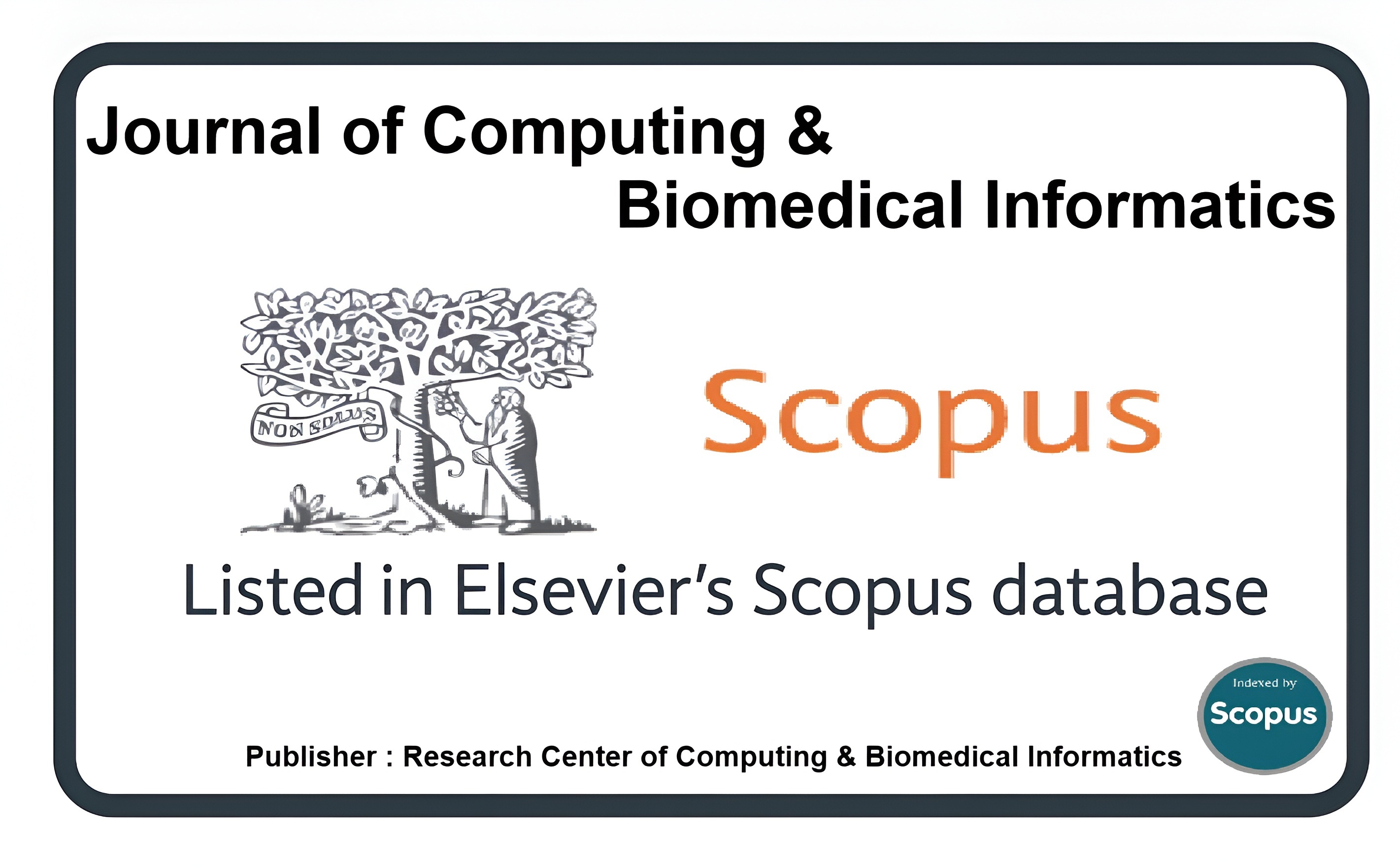AI-Powered Radiology: Enhancing Efficiency and Accuracy in Knee Osteoarthritis Diagnosis through Automated Bone Segmentation
Keywords:
U-Net;, Segmentation, Knee Osteoarthritis, Joint Space Width, Severity Grading, Deep Learning, Artificial IntelligenceAbstract
A significant number of people experience a decline in their quality of life annually due to Knee Osteoarthritis, a debilitating joint condition. Clinicians commonly diagnose osteoarthritis by identifying potential joint space narrowing visible in knee X-ray images. As bone segmentation is crucial for accurate measurement of joint space width, this process require an automated solution in the form a U-Net model. This paper demonstrates a deep learning-driven method for automated joint detection and bone segmentation in knee radiographs, incorporating a U-Net model with VGG11 encoder. The proposed solution effectively detects and extracts joints from radiographic images. Additionally, it precisely segments bones, obtaining a segmentation mean Intersection over Union (IOU) score of 0.963. An algorithmic approach is introduced for measuring vertical distances to determine the joint space width between the femur and tibia bones. With an accuracy rate of 89%, the images are reliably classified as either normal or exhibiting osteoarthritis.
Downloads
Published
How to Cite
Issue
Section
License
This is an open Access Article published by Research Center of Computing & Biomedical Informatics (RCBI), Lahore, Pakistan under CCBY 4.0 International License





